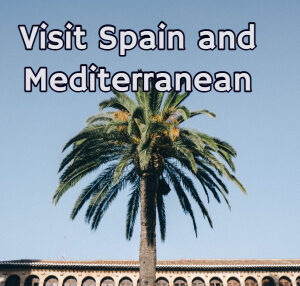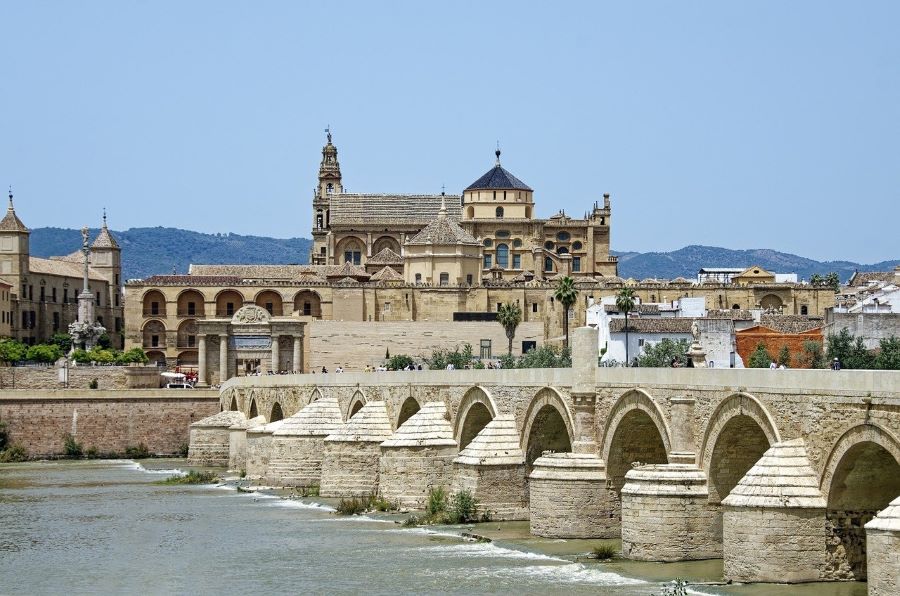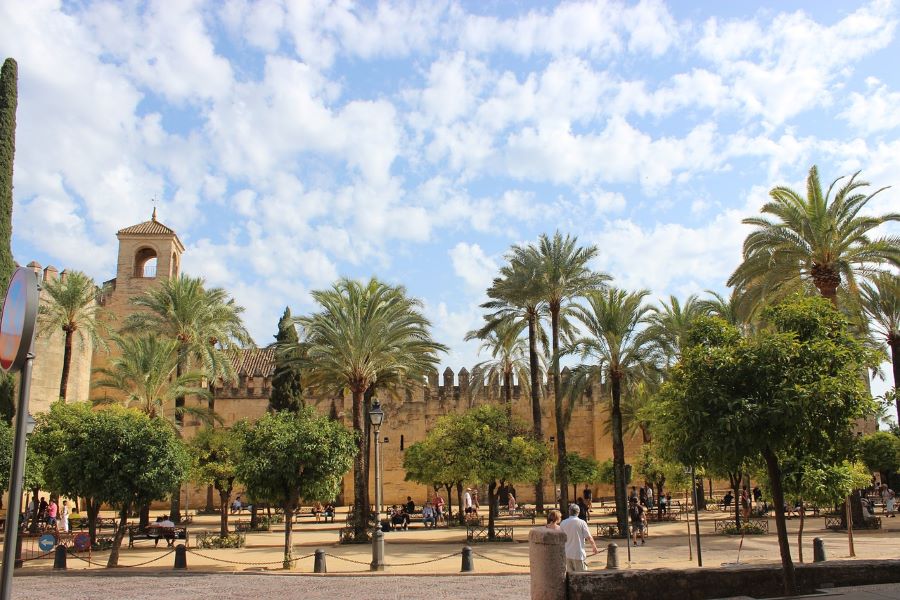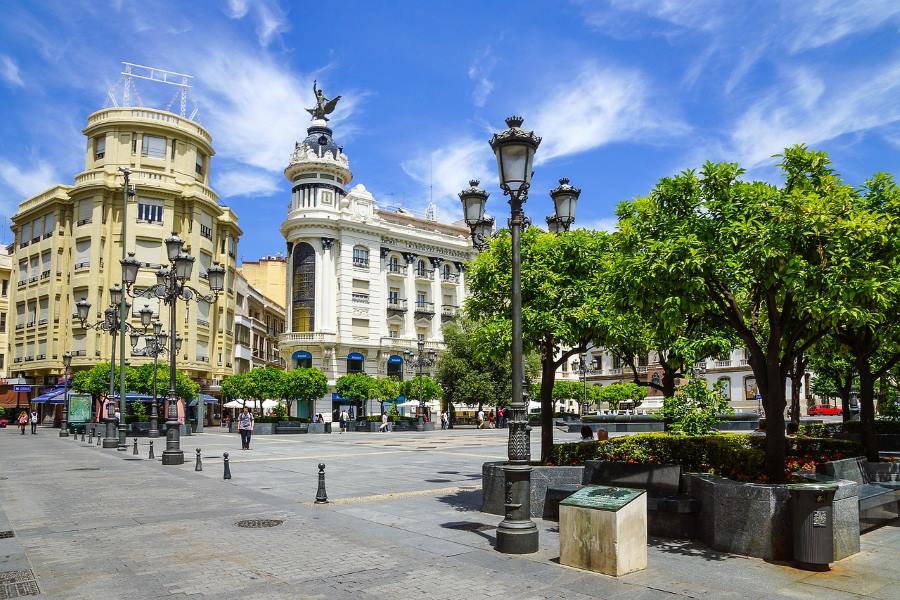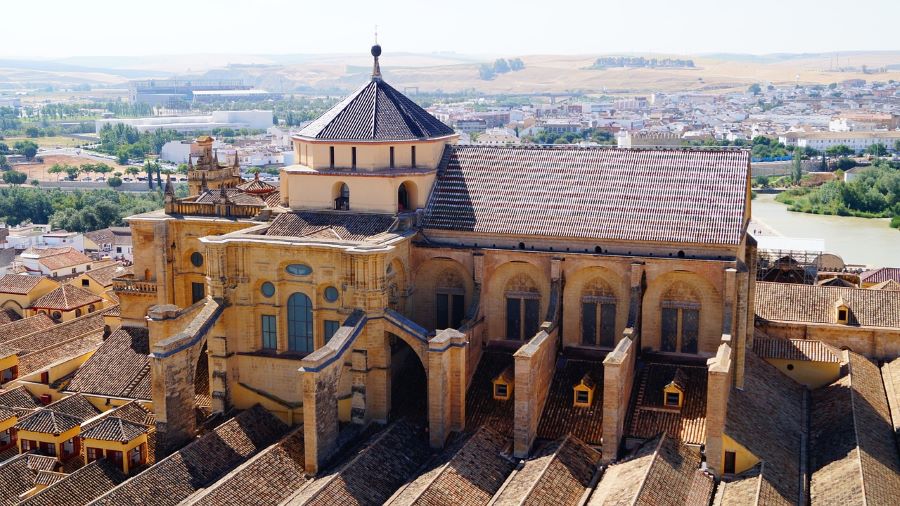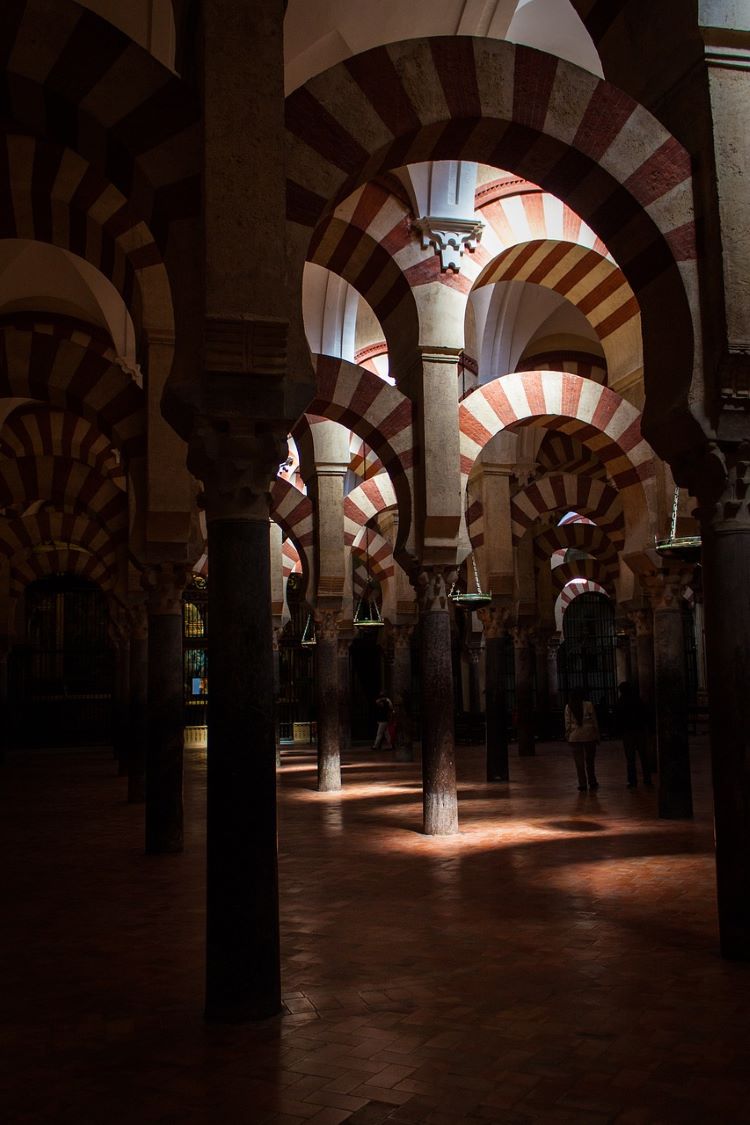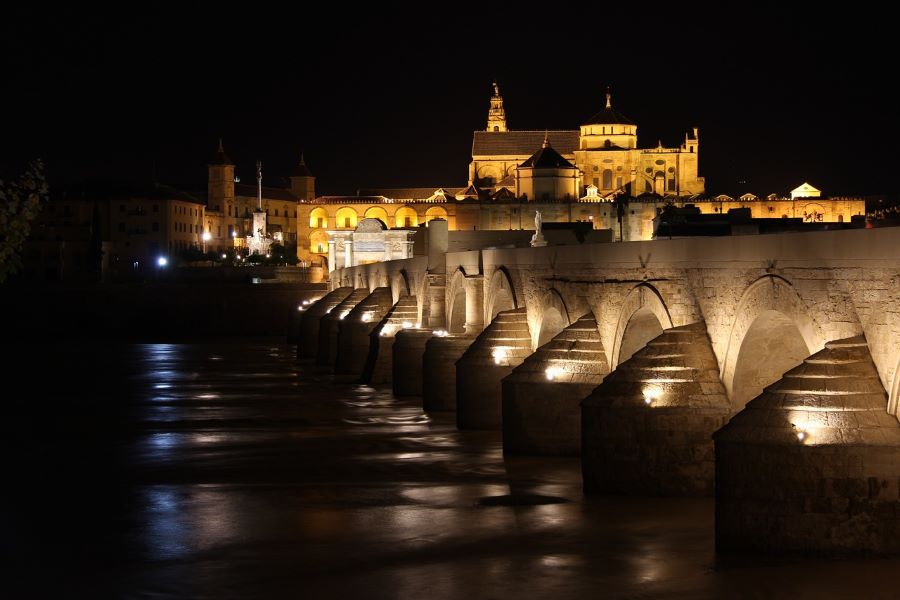Day trip from Seville to Cordoba: a visit to the historic city center in Andalusia
An easy day trip or day trip from Seville to Cordoba is doable by car or if you want to take public transportation to get to the vibrant and colorful city. Less than 141 KM or about 88 miles from Seville, the drive takes less than an hour and 25 minutes to reach the center of Cordoba. The fast drive through Highway A-4 is mostly flat and covers agricultural farms and open areas until you get to the outskirts of Cordoba city and its the thrill of visiting the city when you finally arrive the historic city center.
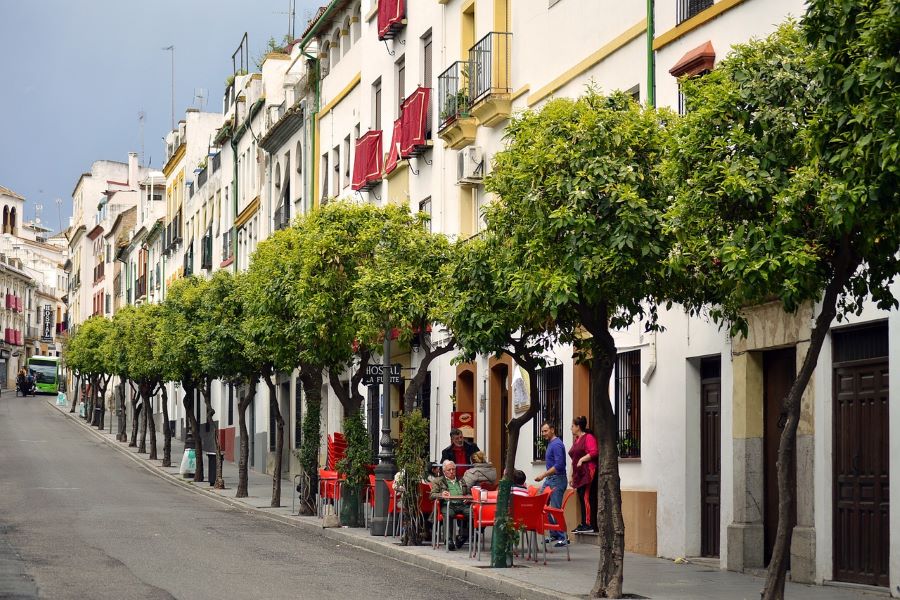
A little history to Cordoba City
Córdoba is a historic city located in the southern region of Spain. Its history is rich and diverse, spanning over several centuries and encompassing various cultures and civilizations.
The city’s origins date back to the Roman era when it was known as “Corduba.” Under Roman rule, Córdoba became an important administrative and cultural center, known for its olive oil production, agriculture, and a renowned school of rhetoric that attracted scholars from across the Roman Empire.
With the decline of the Roman Empire, the Iberian Peninsula, including Córdoba, came under the control of various Germanic tribes. However, it was during the 8th century that Córdoba experienced a significant transformation. In 711, the city was captured by Muslim forces as part of the Islamic expansion into Spain. Córdoba quickly grew in importance and became the capital of the Umayyad Caliphate of Córdoba, a period during which it flourished culturally, scientifically, and economically.
Córdoba’s most famous monument, the Great Mosque of Córdoba (La Mezquita), was constructed during this time. The mosque’s architecture reflects the blending of Islamic and Christian influences, as the city underwent periods of Christian reconquest and Islamic rule alternated.
By the 13th century, Córdoba fell under Christian rule as the Reconquista – the gradual recapture of the Iberian Peninsula by Christian kingdoms – continued. The city’s cultural heritage continued to evolve as the Christian rulers made their mark on the city’s architecture and culture.
During the Renaissance, Córdoba experienced a revival of artistic and intellectual activity. However, as Spain entered a period of decline, the city’s influence waned. By the 18th and 19th centuries, Córdoba’s significance further diminished.
In the modern era, Córdoba gained prominence as a UNESCO World Heritage Site due to its historical significance and architectural wonders. The Great Mosque of Córdoba remains one of the most iconic symbols of the city’s multicultural past. The city’s historic center, with its narrow streets, white-washed buildings, and flower-filled patios, attracts tourists and offers a glimpse into its storied history.
Today, Córdoba stands as a testament to the convergence of cultures – Roman, Muslim, and Christian – that have shaped its identity over the centuries. Its history is not only etched in its architecture but also in its vibrant traditions, festivals, and the enduring spirit of its people.
Weather and best time to visit Cordoba
Córdoba experiences a Mediterranean climate with hot, dry summers and mild winters. The city is known for its scorching temperatures during the summer months, which can be quite intense for travelers not accustomed to such heat. The best time to visit Córdoba largely depends on your tolerance for high temperatures and the type of experience you’re seeking.
Spring (March to May): This is generally considered the best time to visit Córdoba. The weather is pleasantly warm, and the city comes alive with the blooming of flowers and the famous Patio Festival in May. Spring offers comfortable temperatures for exploring the city’s historic sites and enjoying outdoor activities without the extreme heat of summer.
Fall (September to November): Similar to spring, fall is another favorable time to visit Córdoba. Temperatures are milder than in the peak summer months, making it a pleasant time for sightseeing and wandering through the city’s charming streets.
Summer (June to August): While summer can be extremely hot, if you’re comfortable with high temperatures, you can still enjoy your visit. Keep in mind that the midday heat can be intense, often exceeding 100°F (37°C). Many locals and tourists opt to take a siesta during the hottest part of the day and explore the city in the cooler mornings and evenings.
Winter (December to February): Winters in Córdoba are mild compared to other parts of Europe, but they can still be quite chilly and damp. It’s a quieter time for tourism, which could be appealing if you prefer fewer crowds. Just be prepared for the possibility of rain and pack accordingly.
To make the most of your visit to Córdoba, it’s advisable to plan your activities during the early morning and late afternoon, avoiding the peak heat of the day. Stay hydrated and protect yourself from the sun, especially if you’re visiting during the hotter months.
In summary, spring and fall are generally the best times to visit Córdoba due to the pleasant temperatures and the opportunity to experience the city’s cultural events and outdoor attractions without the intense heat of summer.
Directions on how to get to Cordoba from Seville
To get from Seville to Córdoba, you have several transportation options, including by train, bus, or car. Here are directions for each mode of transportation:
1. By Train:
- Go to Seville’s main train station, Santa Justa Station (Estación de Santa Justa). You can take a taxi, bus, or the city’s tram service to reach the station if you’re not already there.
- Purchase a ticket for a train bound for Córdoba. There are frequent train services connecting Seville and Córdoba, including high-speed AVE trains. You can check the train schedule and purchase tickets online in advance or at the station.
- Once you’re on the train, relax and enjoy the journey. The train ride from Seville to Córdoba typically takes around 45 minutes to 1 hour, depending on the type of train you choose.
- Arrive at Córdoba’s train station, Córdoba Central Station (Estación de Córdoba). From there, you can take a taxi, bus, or walk to your final destination in Córdoba.
2. By Bus:
- Head to Seville’s main bus station, Estación de Autobuses Plaza de Armas. You can use public transportation or take a taxi to reach the station if needed.
- Purchase a bus ticket for a service bound for Córdoba. Several bus companies operate routes between Seville and Córdoba, and you can buy your ticket either at the bus station or online.
- Board the bus and enjoy the journey. The bus ride from Seville to Córdoba may take around 2 to 2.5 hours, depending on the route and stops.
- Arrive at Córdoba’s bus station, Estación de Autobuses de Córdoba. From there, you can take a taxi, bus, or walk to your final destination in Córdoba.
3. By Car:
- If you’re driving from Seville to Córdoba, take the A-4 highway, which connects both cities.
- Follow the signs for Córdoba along the A-4. The journey by car typically takes around 1.5 to 2 hours, depending on traffic conditions.
- Once you reach Córdoba, follow the signs to your specific destination within the city.
Please note that travel times may vary depending on the mode of transportation and traffic conditions. It’s a good idea to check schedules, book tickets in advance when possible, and plan your journey accordingly.
Explore the main attractions of Cordoba
Córdoba boasts a wealth of captivating attractions that reflect its rich history and cultural diversity. Here are some of the main highlights:
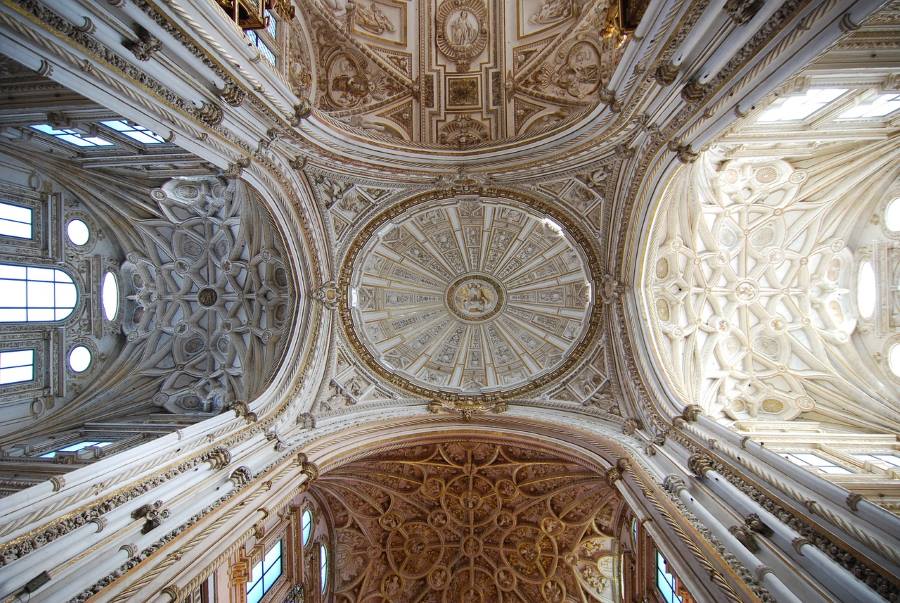
Great Mosque of Córdoba (Mezquita-Catedral): A UNESCO World Heritage Site, this architectural marvel seamlessly blends Islamic and Christian influences. Its stunning horseshoe arches, intricate tile work, and serene prayer hall make it an iconic symbol of Córdoba’s history.
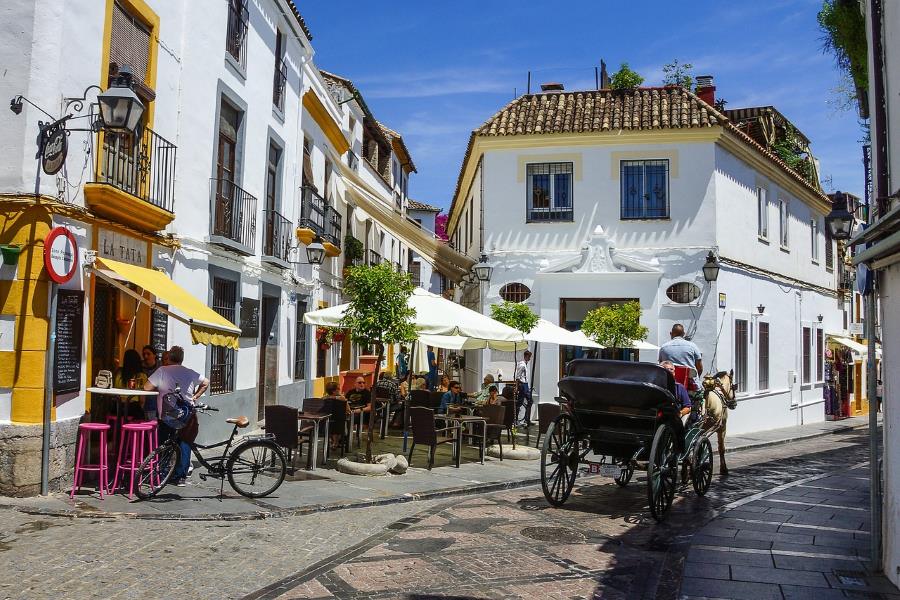
Historic Jewish Quarter: This charming labyrinth of narrow streets, whitewashed buildings, and ornate patios transports visitors to another time. Discover hidden courtyards, vibrant flowers, and the Synagogue of Córdoba, one of the few preserved medieval synagogues in Spain.
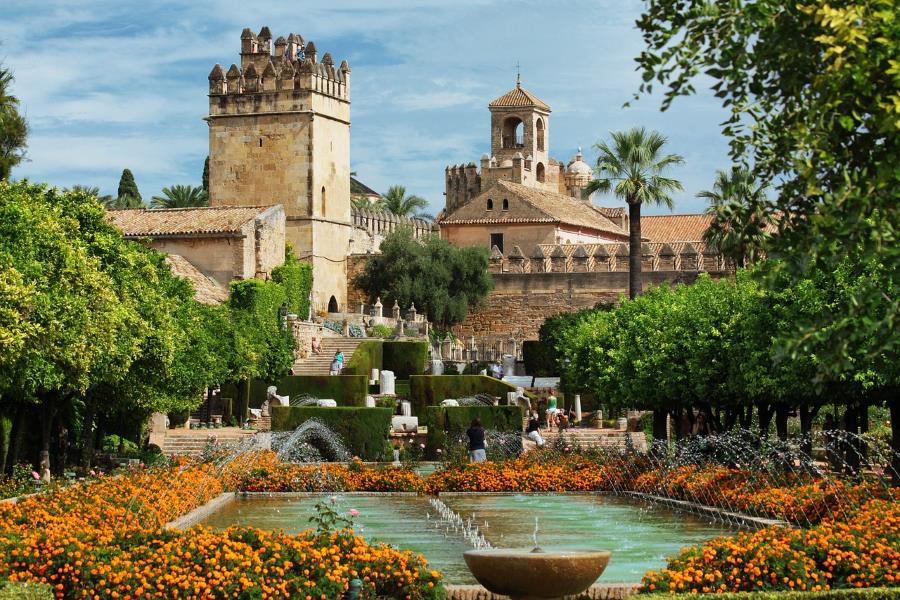
Alcázar de los Reyes Cristianos: This medieval palace-fortress offers a glimpse into the city’s Christian past. Explore its lush gardens, admire its defensive towers, and imagine the historic events that unfolded within its walls.
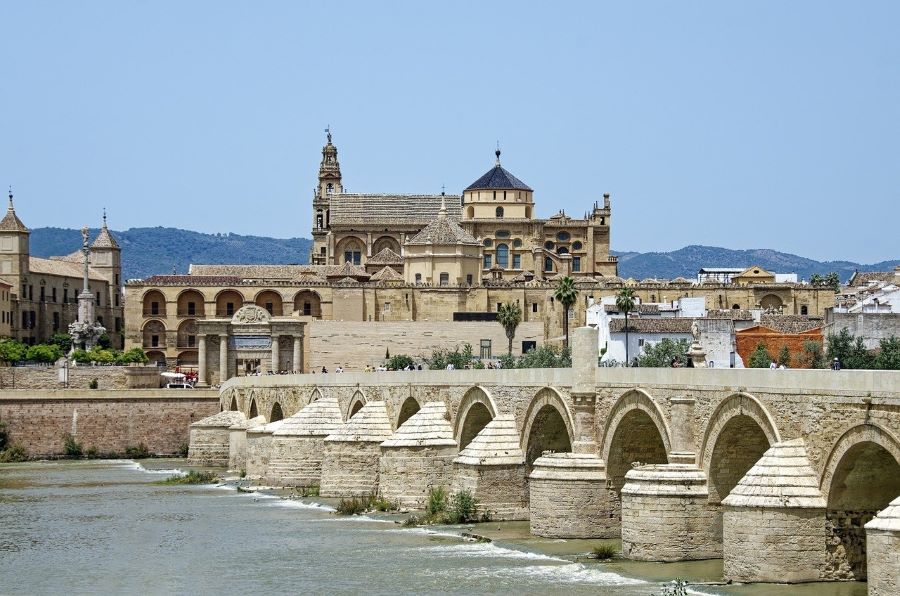
Roman Bridge: Spanning the Guadalquivir River, the Roman Bridge showcases Córdoba’s Roman heritage. Stroll across this iconic bridge to capture breathtaking views of the city and its surroundings.
Royal Stables (Caballerizas Reales): Experience the equestrian traditions of Andalusia at the Royal Stables, where you can witness stunning displays of horsemanship and learn about the history of Spanish horse breeds.
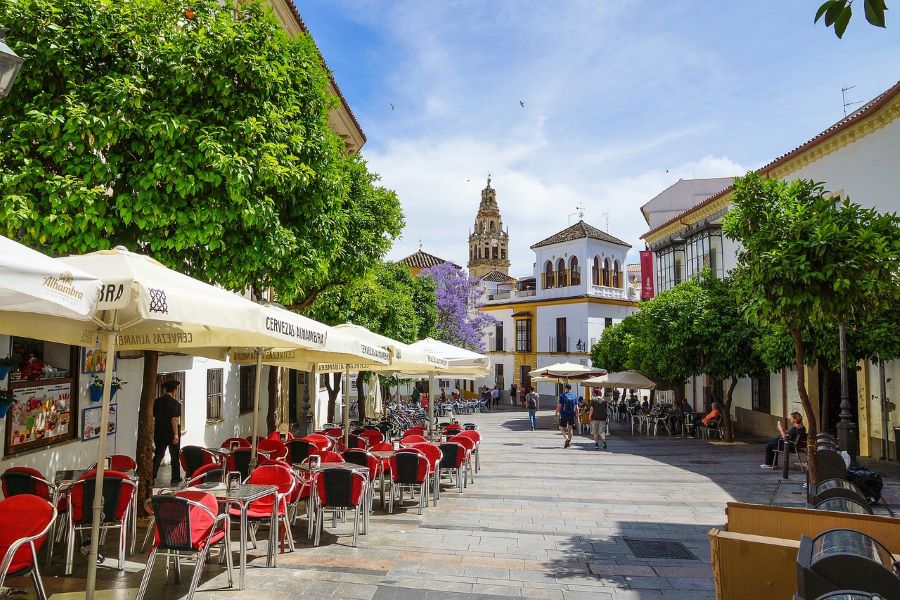
Calleja de las Flores: This enchanting alleyway is famous for its cascading flowers and traditional architecture, creating a postcard-perfect setting that embodies the charm of Córdoba.
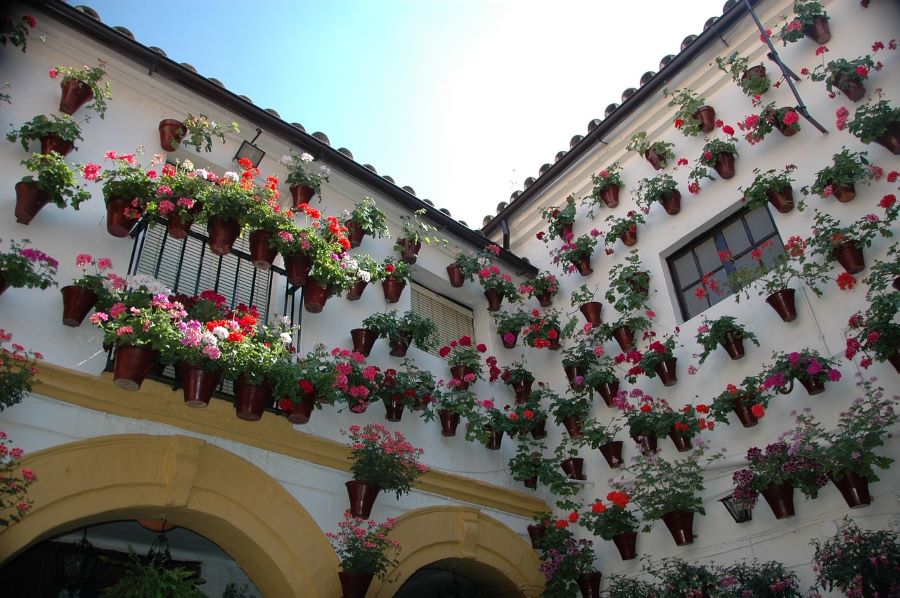
Flower Patios: During the Patio Festival in May, residents open their homes to showcase their beautifully adorned patios filled with vibrant flowers. This event provides a unique opportunity to experience local culture and architecture.
Palacio de Viana: Known for its 12 picturesque patios, this palace offers a glimpse into aristocratic life in Córdoba. Each patio boasts its own distinct style, showcasing the city’s architectural diversity.
Archaeological Museum of Córdoba: Delve into the city’s history through a collection of artifacts from various periods, including Roman, Islamic, and Christian eras.
Plaza de la Corredera: This lively square, lined with colorful buildings, is a popular spot for locals and visitors alike. It’s a great place to enjoy a meal, people-watch, or simply soak in the vibrant atmosphere.
These attractions collectively embody the layers of history, art, and culture that define Córdoba. Exploring these sites allows you to unravel the city’s unique story and appreciate its significance in the tapestry of Spain’s heritage.
Places to eat around Cordoba City
Córdoba offers a delightful culinary scene that celebrates the fusion of Andalusian and Moorish flavors. Here are some recommended places to eat around the city:
Mercado Victoria: This food market is a culinary haven, featuring a diverse array of stalls offering everything from tapas and seafood to pastries and international cuisine. It’s a perfect spot for sampling various flavors in one place.
Taberna El Nº 10: Known for its traditional tapas and cozy atmosphere, this tavern is a favorite among locals. Their selection of Iberian ham and Andalusian specialties is a must-try.
Bodegas Mezquita: Situated near the Great Mosque, this historic restaurant offers a unique setting with its interior courtyard. Enjoy local wines, traditional tapas, and classic Andalusian dishes.
Casa Pepe de la Judería: Located in the Jewish Quarter, this restaurant serves up a mix of Mediterranean and Andalusian cuisine. Their charming patio and intimate ambiance enhance the dining experience.
Restaurante El Churrasco: Specializing in grilled meats and traditional dishes, this restaurant is renowned for its high-quality cuts and warm service. It’s an excellent choice for those craving authentic Spanish flavors.
El Patio de María: This restaurant combines modern and traditional elements, offering a diverse menu with creative twists on Andalusian classics. Their patio seating is particularly inviting.
Taberna Salinas: With a focus on local ingredients and innovative presentations, Taberna Salinas is a hotspot for contemporary Spanish cuisine. The menu evolves with the seasons, ensuring freshness and creativity.
Café de la Ribera: Enjoy beautiful views of the Roman Bridge and Guadalquivir River while savoring dishes inspired by local ingredients. The setting is particularly enchanting during sunset.
La Regadera Cordoba: This trendy eatery offers a fresh take on traditional Spanish cuisine, emphasizing locally sourced and organic ingredients. The menu includes an array of tapas and larger dishes.
Casa Rubio: For seafood enthusiasts, Casa Rubio is a seafood haven with a wide selection of fresh catches. From fried fish to seafood paella, the menu celebrates the bounty of the sea.
These dining establishments capture the essence of Córdoba’s gastronomic scene, showcasing a blend of tradition and innovation that reflects the city’s cultural diversity. Whether you’re seeking classic Andalusian flavors or contemporary interpretations, Córdoba’s culinary offerings are sure to delight your taste buds.
Check out these other attractions when you visit Andalusia
Conclusion on a day trip from Seville to Cordoba
Embarking from Seville, the day trip to Córdoba weaves through picturesque landscapes, olive groves, and villages. Córdoba’s Great Mosque and historic Jewish Quarter reveal a blend of cultures. Culinary delights showcase Moorish and Spanish influences. This journey is a passage through Andalusia’s rich history and vibrant present, leaving an indelible memory.
Thanks for checking out this post on Visit Spain and Mediterranean and hope you come and check out upcoming posts in the near future. Please do bookmark this website for your planning and research.
